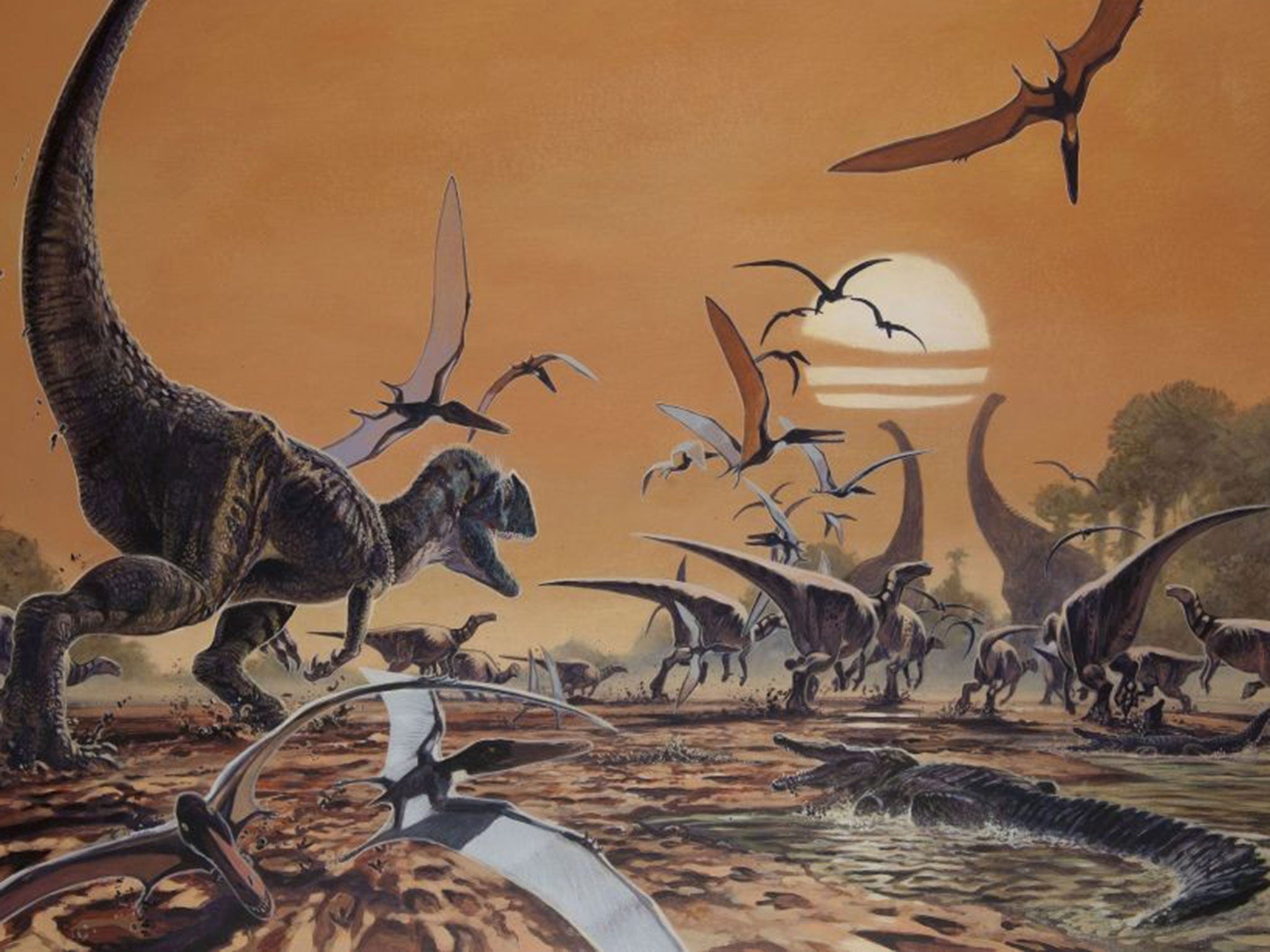Jurassic Britain was a 'dinosaur paradise' with over 100 different species roaming the UK
But palaeontologist Dean Lomax claims the UK's rich reptilian past has been ignored in popular culture

Your support helps us to tell the story
From reproductive rights to climate change to Big Tech, The Independent is on the ground when the story is developing. Whether it's investigating the financials of Elon Musk's pro-Trump PAC or producing our latest documentary, 'The A Word', which shines a light on the American women fighting for reproductive rights, we know how important it is to parse out the facts from the messaging.
At such a critical moment in US history, we need reporters on the ground. Your donation allows us to keep sending journalists to speak to both sides of the story.
The Independent is trusted by Americans across the entire political spectrum. And unlike many other quality news outlets, we choose not to lock Americans out of our reporting and analysis with paywalls. We believe quality journalism should be available to everyone, paid for by those who can afford it.
Your support makes all the difference.More than 100 different species of dinosaur once roamed Britain including three cousins of America's top predator the Tyrannosaurus rex, a palaeontologist has said in his new book.
But the UK's rich reptilian past has largely been overlooked in popular culture, palaeontologist Dean Lomax has claimed, despite Britain once being a "dinosaur paradise".
British dinosaurs included stegosaurs, ankylosaurs, ornithopods and gigantic sauropods, one of which may be the largest dinosaur found in Europe.
At least three different types of tyrannosaur - carnivorous theropods which stood on two legs – also hunted in the British Isles, but “only passing comments” have been made in British records, Mr Lomax said.
"The term Dinosauria, meaning 'terrible lizard', was conceived by the British palaeontologist Sir Richard Owen almost 200 years ago for fossils found in England," he told Phys.org.
"Sadly, when most people are asked to name a dinosaur, the chances are they would give a foreign example, such as Tyrannosaurus rex, even though the British Isles was a veritable dinosaur paradise."

He added: "Growing up in Yorkshire, I had always wanted to learn about the dinosaurs discovered here, yet all the books I read, or programmes watched on TV, made only passing comments to some of the remains discovered in the British Isles.”
Most UK dinosaur remains have been recovered from rocks dating to the Middle Jurassic and Cretaceous periods.
The majority come from Oxfordshire and the Isle of Wight, but significant finds have also been made in Scotland, Wales and Northern Ireland.
The first ever dinosaur to be described in 1824, Megalosaurus, was found in Oxfordshire.
"The three British tyrannosaurs would have resembled their infamous cousin, T-rex, but were smaller - between three and five metres in length – possessed longer forelimbs, were more agile and, geologically speaking, a lot older," he said.
"I hope the book, which has involved collaboration with more than 40 institutions worldwide, will inspire and encourage a new wave of future palaeontologists with a real passion for British dinosaurs."
Dinosaurs of The British Isles, by Dean Lomax and Nobumichi Tamura, is published by Siri Scientific Press.
Additional reporting by Press Association
Subscribe to Independent Premium to bookmark this article
Want to bookmark your favourite articles and stories to read or reference later? Start your Independent Premium subscription today.
Join our commenting forum
Join thought-provoking conversations, follow other Independent readers and see their replies
Comments